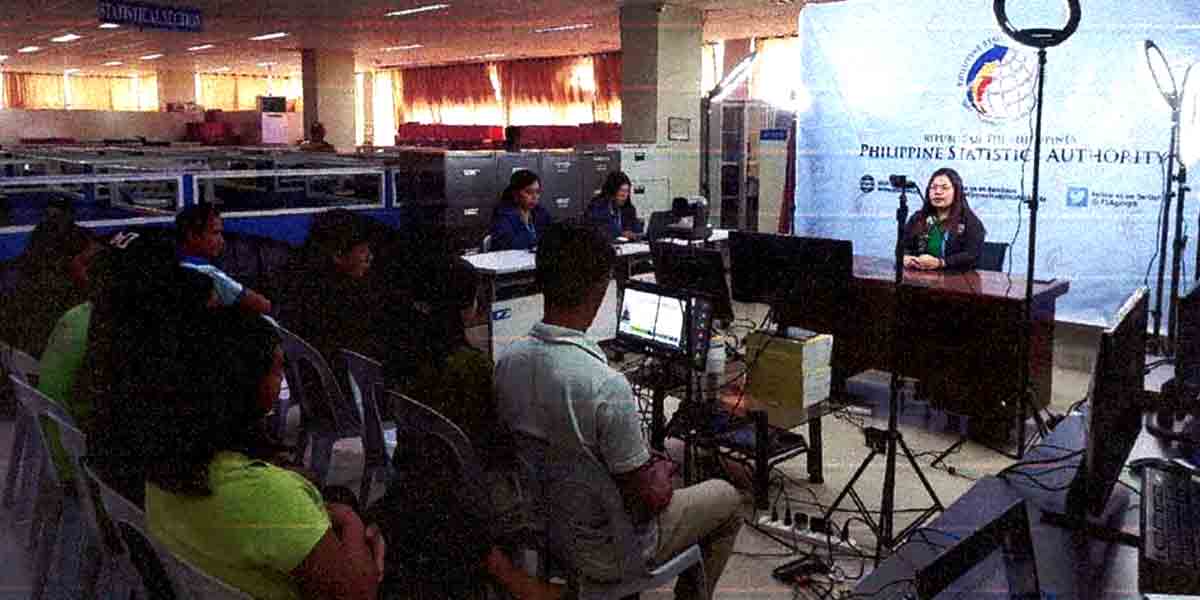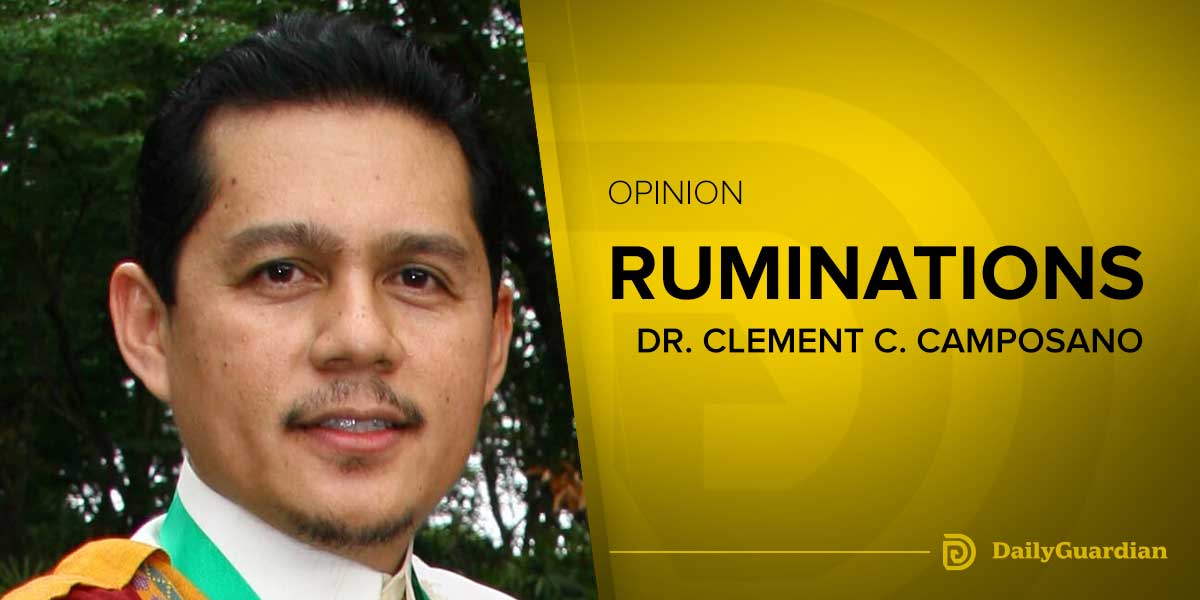By Dolly Yasa
BACOLOD City – Mayor Marvin Malacon of EB Magalona, Negros Occidental denied claims that dredging activities in the town’s waterway will endanger the blue crab industry.
“It is baseless,” Malacon said.
He said the project, which was approved by the national government and passed on to local government units, aims to declog and desilt the mouths of major rivers in the town that caused flooding for years now.
The mayor said he will be the first to oppose if the project will affect livelihood, especially of the poor residents of EB Magalona.
He lambasted the persons who spread false information about the project.
Malacon said dredging is the main solution to the flooding problem which is also experienced by local government units in low-lying areas of Negros Occidental.
This was also recommended by the provincial government, departments of Environment and Natural Resources, Transportation, Public Works and Highways, and of the Interior and Local Government.
The tapping of a private firm by EB Magalona to dredge its heavily silted rivers was an offshoot of Joint Memorandum Circular 2019-01 of the DENR, DPWH, DILG, and DOTr, that rationalizes dredging activities in heavily silted river channels.
“We, Saraviahanons, are fortunate, that the national government, through First Terradev Development Corp., will clear our waterways, for free,” Malacon said.
Waste materials from the heavily silted waterways will be collected and transported by the private firm outside the province, Malacon said, adding that the provincial government, the town, and coastal barangays will get a share from the income from selling the waste materials.
“In short, it will augment the livelihood of the poor people, contrary to claims,” he added.
Malacon also said that the nine coastal barangays, and those recently hit by flashfloods, including barangays Tanza, San Jose, Santo Niño, Tabigue, Damgo, and Alicante, and even sugar planters, are demanding the clearing of their respective waterways.
A study by the Philippine Atmospheric, Geophysical and Astronomical Services Administration in 1996 showed that EB Magalona is now below the sea level.
Malacon admitted that heavy siltation in the coastal barangays has already affected 600 hectares and led to riverbank erosion and deposits in the rivers of Malogo, Madalag, and Imbang.
He also refuted claims of black sand mining, saying that it only comprises four percent of the dredged materials, based on the soil testing and analysis conducted by a Singaporean firm.
Meanwhile, Merck Salazar, a representative of First Terradev Corp., who is supervising the initial deployment of the dredging equipment at the Tuburan port in EB Magalona, said that they have nothing to hide in the implementation of the project.
Salazar said all their activities are in accordance with the laws and regulations of involved government agencies.
He said that they will start the cleaning of the Malogo rivermouth, located at the boundary of EB Magalona, to be followed by the Imbang River at the boundary of the town and Silay City in the north, and of the Madalag River.
This will also benefit the city governments of Silay and Victorias, he added.
Salazar said they will establish a 200 to 500-meter buffer zone from the coastline to address fears of possible erosion.
Salazar said they have requested the DPWH and the DENR to allow them to create navigational channels to accommodate dredging ships and cargo vessels to haul wastes and garbage from the dredged waterways.



















